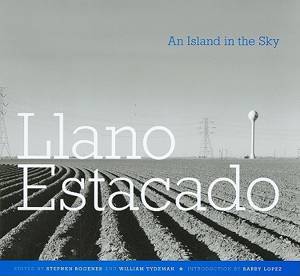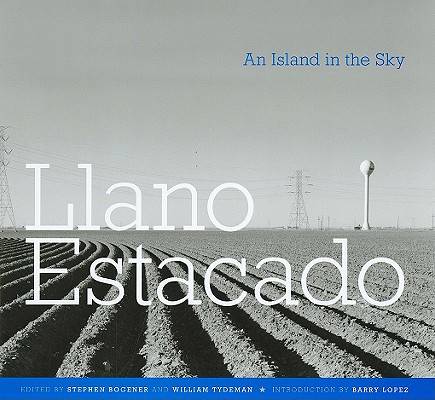
- Afhalen na 1 uur in een winkel met voorraad
- Gratis thuislevering in België vanaf € 30
- Ruim aanbod met 7 miljoen producten
- Afhalen na 1 uur in een winkel met voorraad
- Gratis thuislevering in België vanaf € 30
- Ruim aanbod met 7 miljoen producten
Zoeken
€ 62,45
+ 124 punten
Omschrijving
Stand at the rim of Palo Duro Canyon or look down from any vista along the caprock, and let your imagination take over. Beneath an endless canopy of blue, you find yourself at the edge of an enormous island of rippling grassland that stretches from the New Mexico borderlands down through the Texas Panhandle. The Llano Estacado, Coronado's legendary "staked plains," comprises all or part of thirty-three counties in Texas and four in New Mexico. It covers approximately 32,000 square miles of arid prairie used primarily today for ranching and farming. It lies atop the vast Ogalalla Aquifer--its primary source of water--and partially covers the oil-bearing Permian Basin. Its population, outside of four mid-sized cities, is sparse. The Llano has always required and appealed to discerning eyes. The artists and writers gathered here are hardly the first to have felt the pull of this place or the urgency to capture its essence. Yet the idiosyncrasies and ideals, the successes and failures, the strangeness and beauty and power of the land and its people beckon fresh discovery. Look at the Llano with eyes open to possibility, and you will encounter the unexpected, a keener understanding of the ways in which landscape and life are always inescapably intertwined, thrumming, as Barry Lopez suggests, the eternal questions: Where are we? And where do we go from here?
Specificaties
Betrokkenen
- Auteur(s):
- Uitgeverij:
Inhoud
- Aantal bladzijden:
- 192
- Taal:
- Engels
- Reeks:
Eigenschappen
- Productcode (EAN):
- 9780896726826
- Verschijningsdatum:
- 1/04/2011
- Uitvoering:
- Hardcover
- Formaat:
- Genaaid
- Afmetingen:
- 315 mm x 284 mm
- Gewicht:
- 1746 g

Alleen bij Standaard Boekhandel
+ 124 punten op je klantenkaart van Standaard Boekhandel
Beoordelingen
We publiceren alleen reviews die voldoen aan de voorwaarden voor reviews. Bekijk onze voorwaarden voor reviews.








